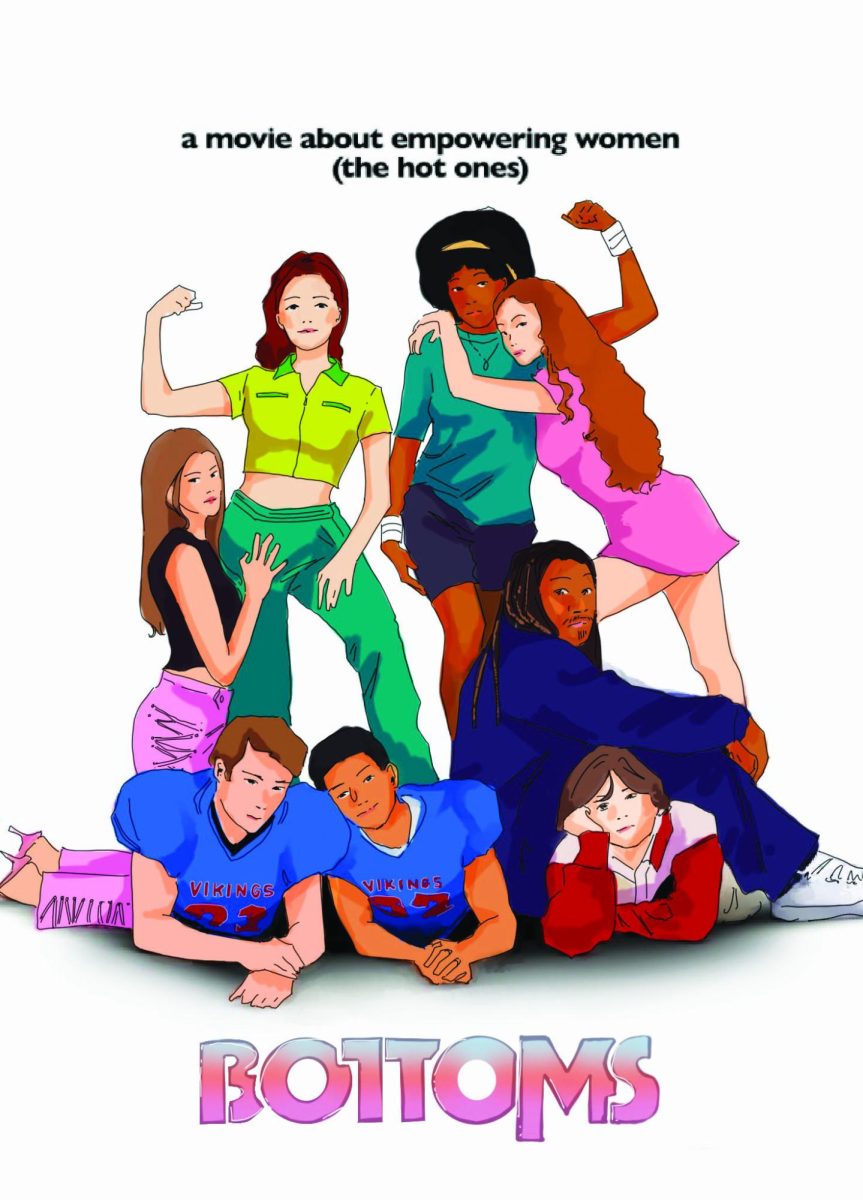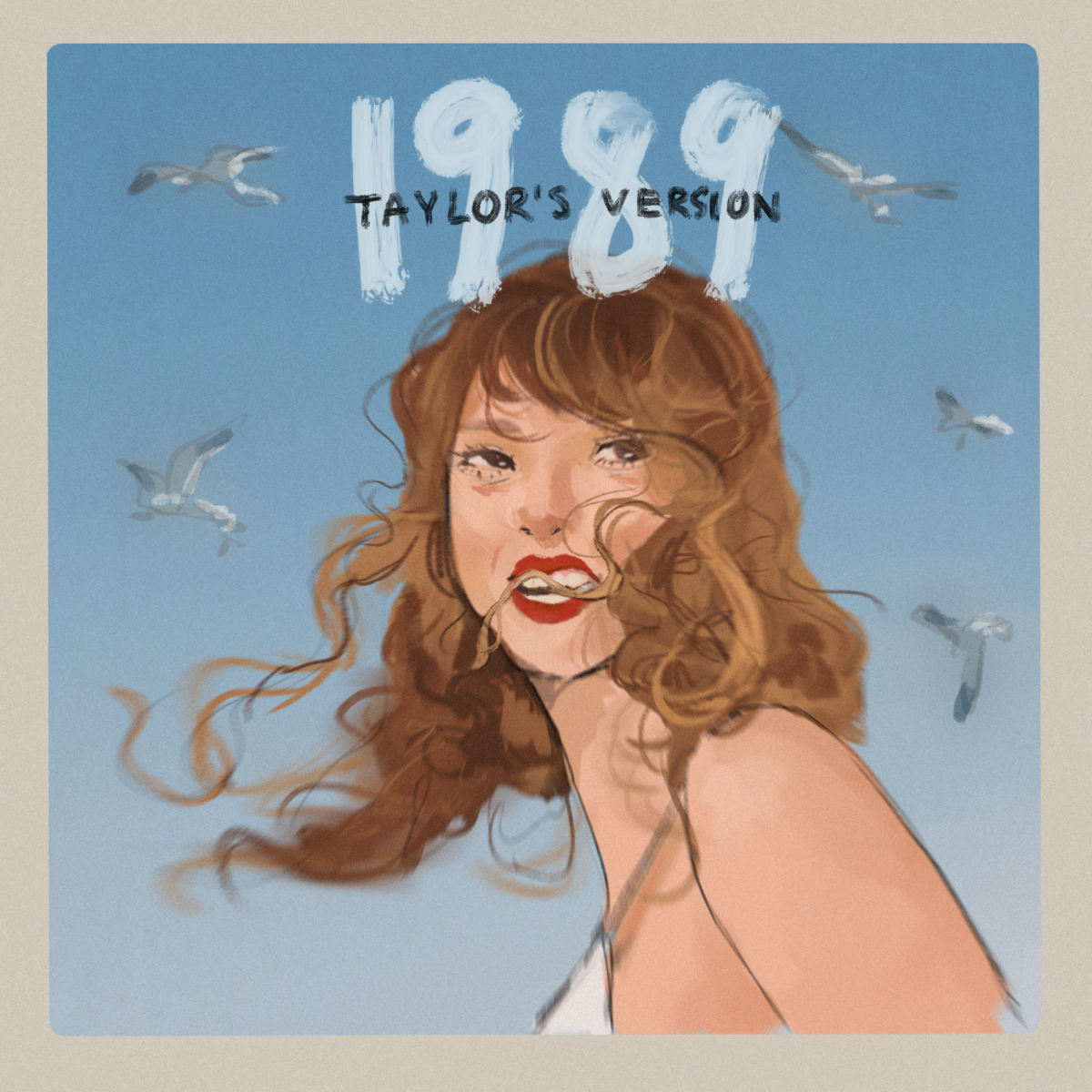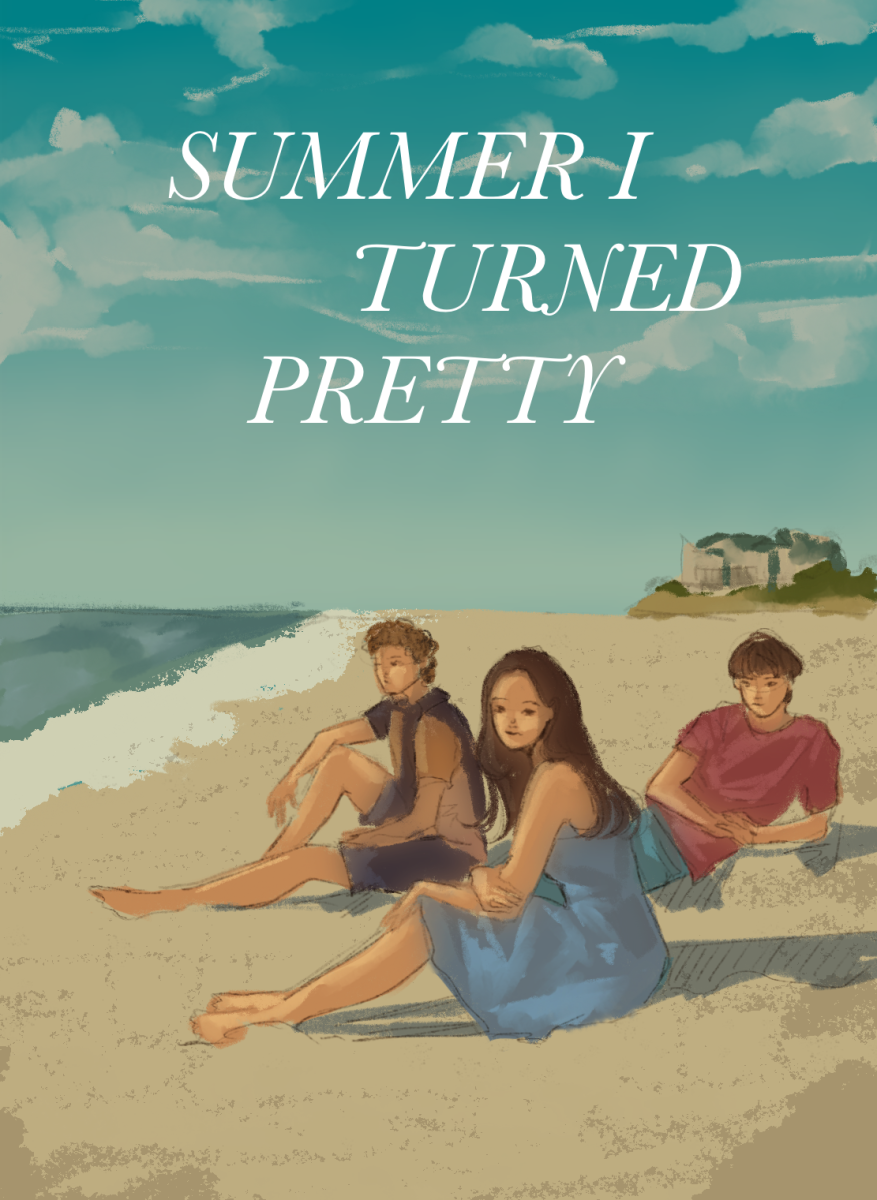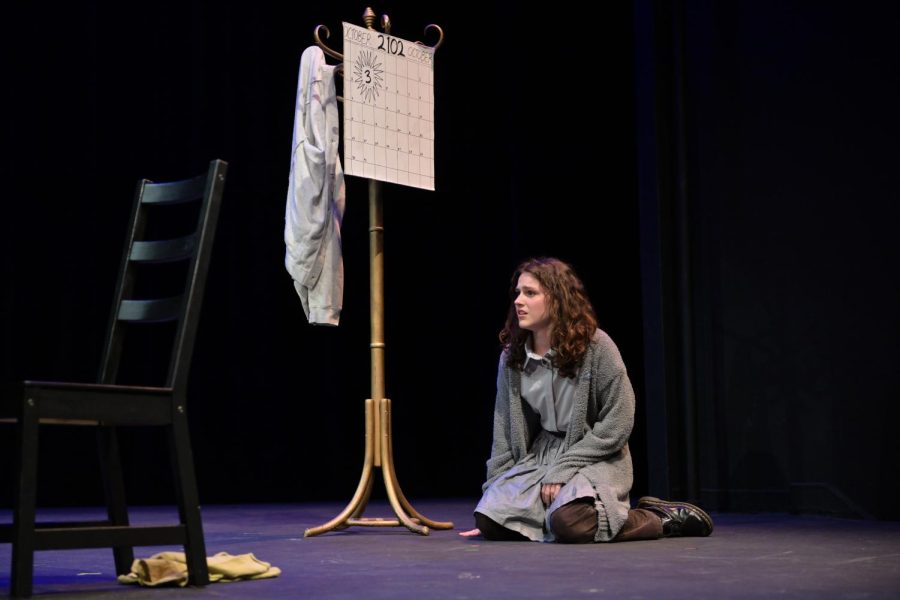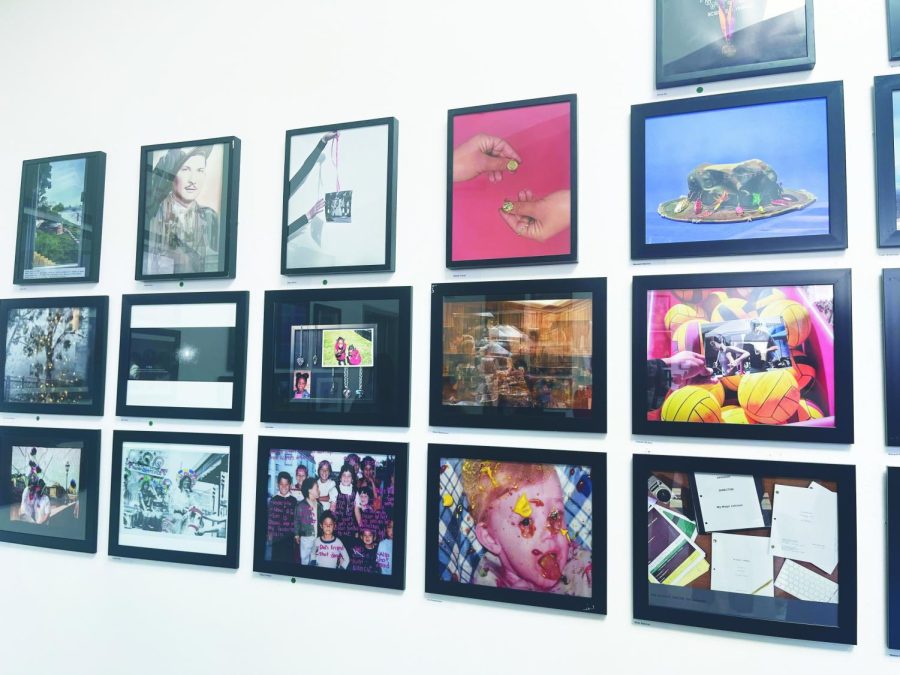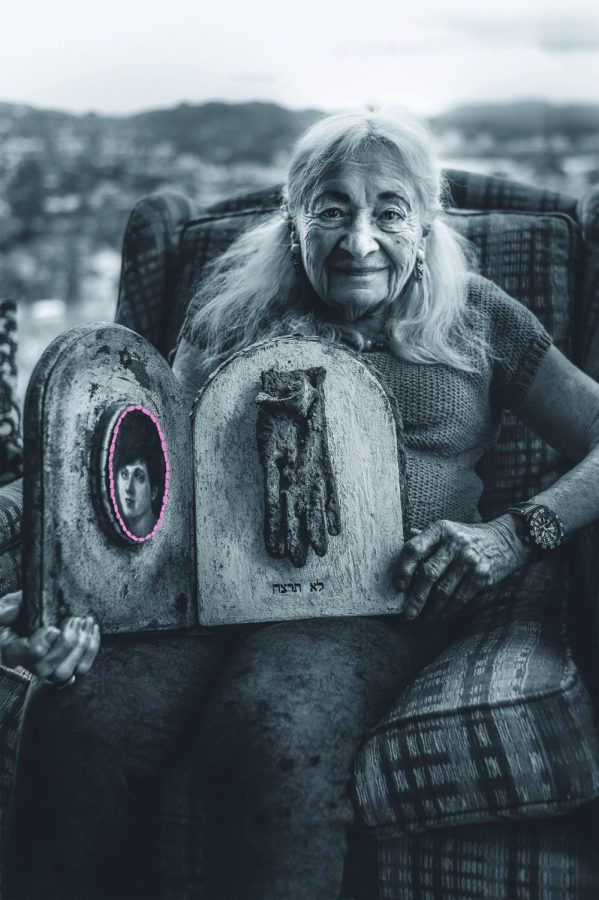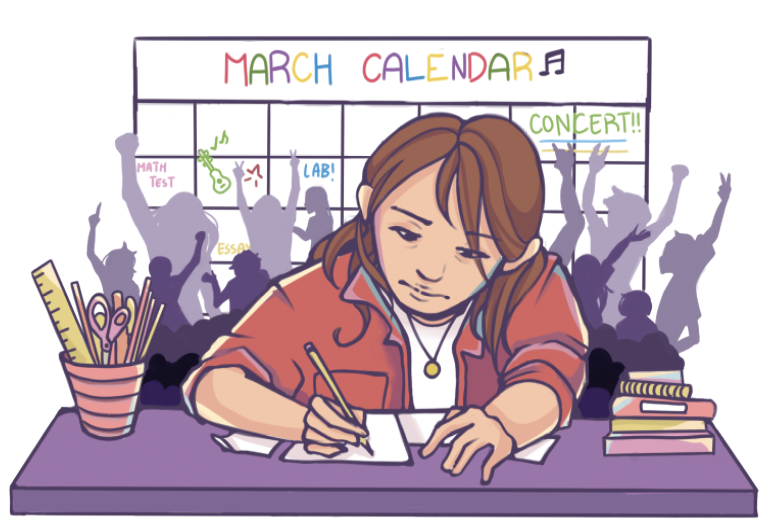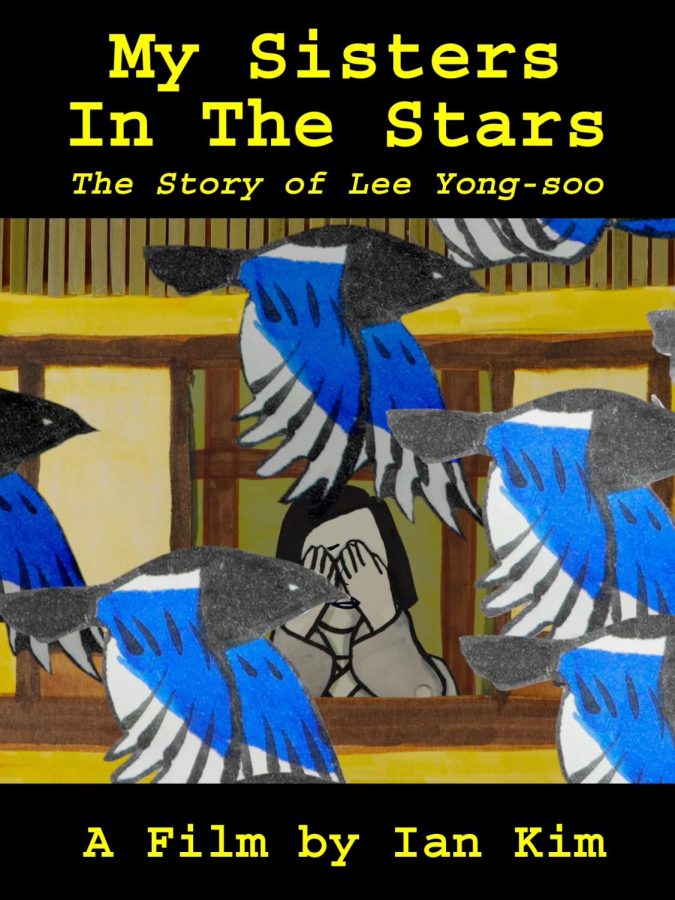Students performed a redesigned version of William Shakespeare’s A Midsummer Night’s Dream on Feb. 8-10 including LGBTQ characters.
In directing the show, performing arts teacher Rees Pugh decided to put a progressive twist on the old Shakespearean story. The comedy portrays the events surrounding the forbidden marriage of two characters. In Shakespeare’s version, these characters are male and female. However, in Pugh’s version, both characters play female roles.
“I was looking for as many opportunities for female actresses as possible because we generally get two to three times as many girls auditioning as we do boys,” Pugh said. “When I looked at switching one of the love relationships to a same-sex relationship, the play revealed itself as to why that could work, and why it would be updated in a meaningful way. I rewrote some pronouns, and a couple of other things to keep it rhyming, which was a fun little challenge.”
Andrea Yagher ’20 played one of these two female roles and said she enjoyed the experience. Yagher is straight but said she thought that it was a nice challenge to play her character as a lesbian, and that it gave the character new depth.
“It was a very enriching and beautiful experience to put our own twist on such a classic play, particularly with my character, Hermia, and her lover, Lysandra,” Yagher said. “I think it is a fascinating and fun adaptation for our modern age.”
Jake Schroeder ’20, a student-actor who identifies at LGBTQ, said he was also happy with Pugh’s decision to modernize the tale.
“The theater is a great place for forward thinking,” Schroeder said. “I am really glad [Pugh] made this change and can’t wait to see what else is in store for the future. Shakespeare originally was intended to be performed by all male actors, and I think that our modern spin kept audience members on their toes while bringing new life to the play. It’s a timeless piece, and I think that changes like these allow for progress and acceptance in our community.”
The actors and actresses in the play aimed to create an enjoyable experience for the audience by facilitating their understanding of the obsolete Shakespearean language, Schroeder, who played the king of the fairies said. He said he felt encouraged by the complexity of Shakespearean language.
“A lot of people think that Shakespeare is for adults, or shouldn’t be performed nowadays because it’s really hard to understand when we read it in school, but I heard that a lot of the audience members had a great time, and we definitely learned a lot doing it,” Schroeder said. “Understanding the language and analyzing the show was a big part of the process.”
Viewers said that they were impressed with the presentation of the play. Pugh said he was amazed by how the set design, lighting, costumes and music all came together.
Pugh not only served as the director for the show but also designed and built the set. Aaron Martin was the lighting designer, and Lisa Peters was the costumer.
“Often times for Shakespeare plays, a director will come in with a very distinct, decided concept,” Pugh said. “Like, let’s set A Midsummer Night’s Dream on Mars. But I didn’t bring any of that into this because I wanted to leave it as open as possible for the production team to collaborate and bring their ideas in. Lighting wise, I was very surprised and delighted with how vivid it all became between the two worlds. I didn’t expect that at all.”
According to Ben Beckman ’19, it is a common misconception that Shakespeare wrote melodic details and cues into his plays. In truth, he only wrote words, Beckman said. Pugh picked Beckman, a student composer, to write the music for the production.
In the play, there are two songs sung by the fairies, and two dance numbers. Beckman wrote the music for those, as well as for an overture, various entrances and exits and bows.
“Although working with this piece of great literature and setting the beautiful texts were very rewarding, the highlight of the process was working with the incredible pit, cast and crew,” Beckman said. “I’m very thankful to have had this opportunity.”
Yagher also expressed her gratitude for the experience.
“I feel so incredibly lucky to have been part of this production,” Yagher said. “I couldn’t be prouder of all the work each and every member of our cast and crew put into the design and the heart of the show.”
































